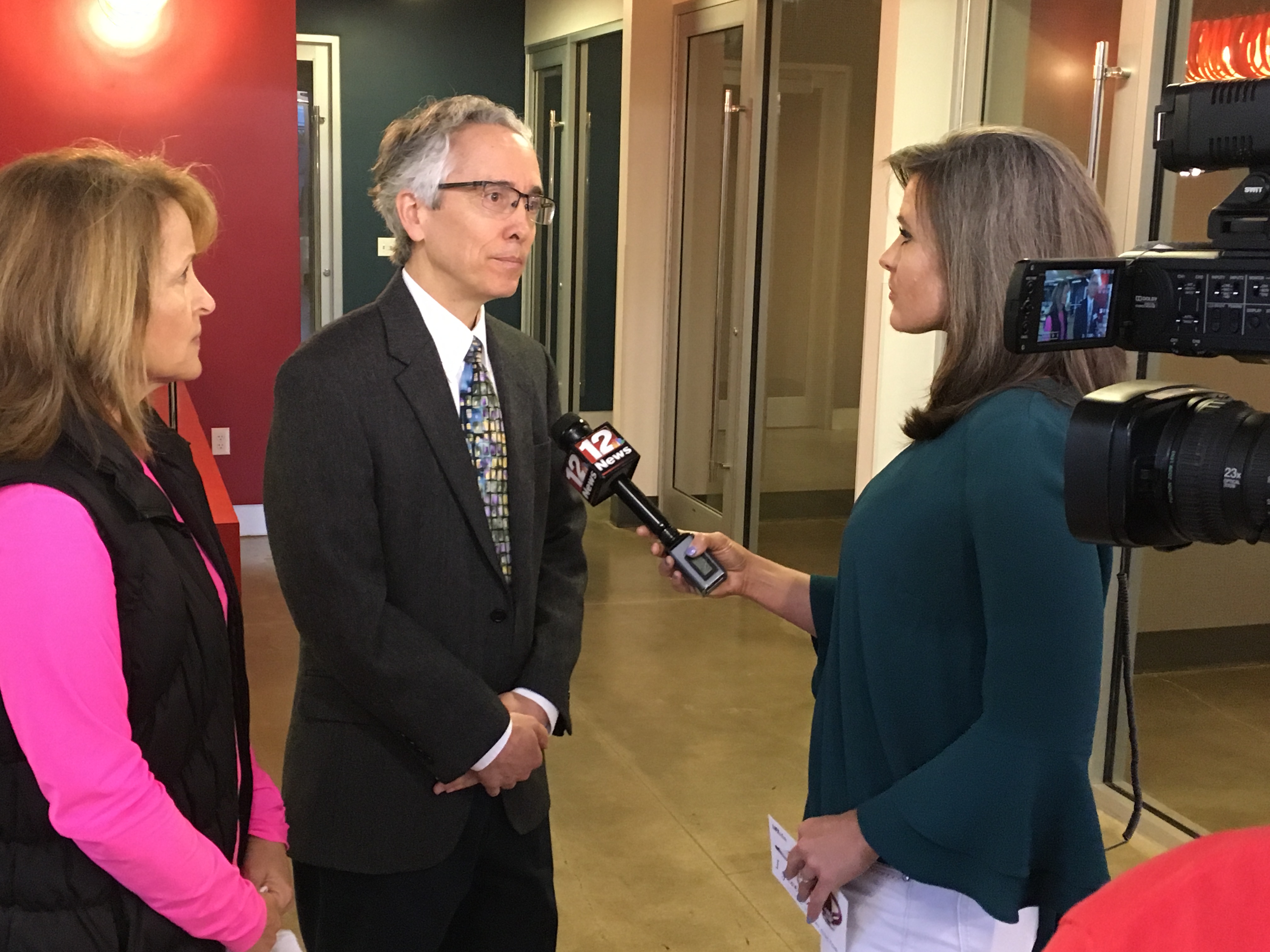MOC UPDATE: Working to Solve Problems with Certifications
UPDATE DEC. 12, 2018: The Continuing Board Certification: Vision for the Future Commission has released its draft report for public comment. The report, which includes the Commission’s key findings and recommendations, will be posted on the Vision Initiative website for comment through Tuesday, Jan. 15, 2019 at 11:00 p.m. CST.
The Medical Association continues to work with the American Board of Medical Specialties concerning physician frustrations with the current Maintenance of Certification process, but this is your opportunity to voice your opinion as well. Take a moment, review the draft report, and offer your comments by Jan. 15.
The Medical Association remains committed to working with the American Board of Medical Specialties and its 24 Member Boards to improve the continuing certification process so that it becomes a system that demonstrates the profession’s commitment to professional self-regulation, offers a consistent and clear understanding of what continuing certification means, and establishes a meaningful, relevant and valuable program that meets the highest standard of quality patient care. The Boards will seriously consider the Commission’s findings and recommendations once finalized, as they continue implementation of improvements and pilots currently underway.
UPDATE JULY 20, 2018: The Continuing Board Certification: Vision for the Future or “Vision Initiative” is a collaborative effort that brings together multiple stakeholders to envision a system that is responsive to the needs of those who rely on it and that is relevant, meaningful and of value to physicians. The Vision Initiative includes physicians, professional medical organizations, national specialty and state medical societies, hospitals and health systems, the general public and patients, and the 24 Member Boards of the American Board of Medical Specialties.
The Vision Initiative held in-person meetings in March and May to solicit testimony from ABMS member boards, national specialty and state medical societies, key stakeholders, and the public regarding their perspectives on the continuous certification system as well as innovations and possible changes.
Here is a summary of the March and May meetings for your information.
Upcoming meetings, to be held August 29-30 and October 15-16 will discuss solutions in relation to MOC. (See timeline.) A draft report for public comment is anticipated in November 2018, with a final report from the Commission to ABMS due February 2019.
Interested medical societies can sign up for monthly updates to follow the Commission’s progress and be notified about opportunities for feedback and input at this link.
RELATED NEWS: MOC UPDATE: Two Certification Programs Transition from Pilot to Permanent
UPDATE APRIL 20, 2018: The Continuing Board Certification: Vision for the Future Commission is continuing its quest to bring together physicians, medical organization, state medical societies, hospitals, health systems, patients and the ABMS to investigate the future of board certification and recently hosted its first in-person meeting in March in Washington, D.C. Commission members heard testimony on continuing certification from stakeholders who provided their perspectives and experiences with continuing certification, the challenges they currently face, and their thoughts about opportunities about the future. The presentation components of the meeting were open to the public and video streamed for all to view live.
HOW CAN YOU PARTICIPATE? The Commission launched a stakeholder survey in February, which will remain open until May 11. Complete the survey, share the link with your colleagues, and urge them to participate as well. TAKE THE SURVEY
The next Commission meeting will be held May 30 – June 1. The meeting will feature sections open to the public and will be live video streamed. Details regarding the agenda and live streaming will be featured in next month’s update and posted on visioninitiative.org. Please make sure to bookmark the site for access to Commission meeting information, progress updates, and opportunities for your feedback and input, and remember to share this update with your colleagues and encourage them to become involved in the process as well.
The Medical Association continues to work with the American Board of Medical Specialties concerning physician frustrations with the current Maintenance of Certification process. Late last year, Association Executive Director Mark Jackson and Council on Medical Service member Jeff Rickert, M.D., joined representatives from other state medical societies and individual specialty boards for a meeting with the ABMS in Chicago, which included discussions about innovations the medical boards are working on to address continuous learning for physicians, many of which include input from various outside stakeholders and focus on greater consistency amongst the medical boards.
Following the Association’s Annual Governmental Affairs Meeting in Washington in February where Richard Hawkins, President and Chief Executive Officer of ABMS, was a guest speaker, the organization issued a statement as an update on the progress of issues of concern to physicians about Maintenance of Certification.
As a result of these meetings, and other meetings initiated by State Medical Societies, the Continuing Board Certification: Vision for the Future was formed as a collaborative effort bringing together physicians, medical organization, state medical societies, hospitals, health systems, patients and the ABMS to investigate the future of board certification.
The Commission invites input from all stakeholders. To participate in the discussion, you may provide comments to inform the future of board certification, learn how you can engage in the process, and sign up for monthly email updates from the Commission. LEARN MORE
Posted in: Advocacy
Leave a Comment (0) →













